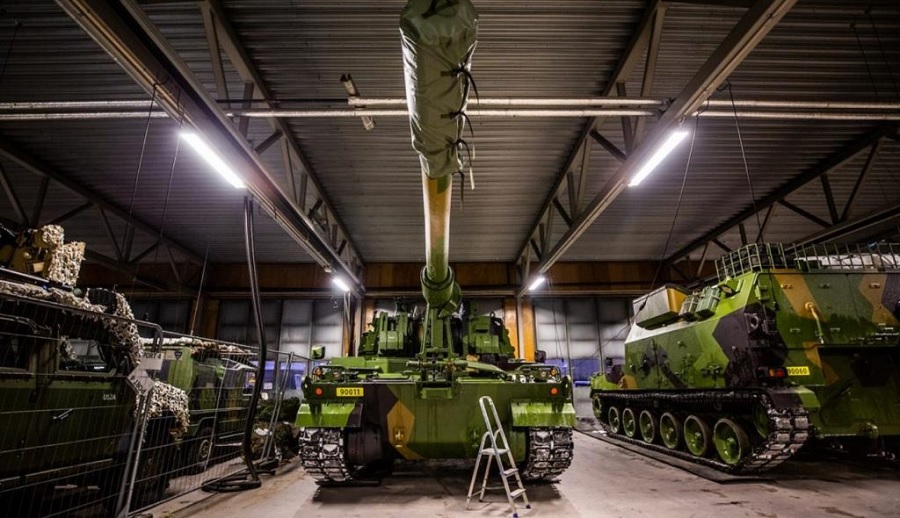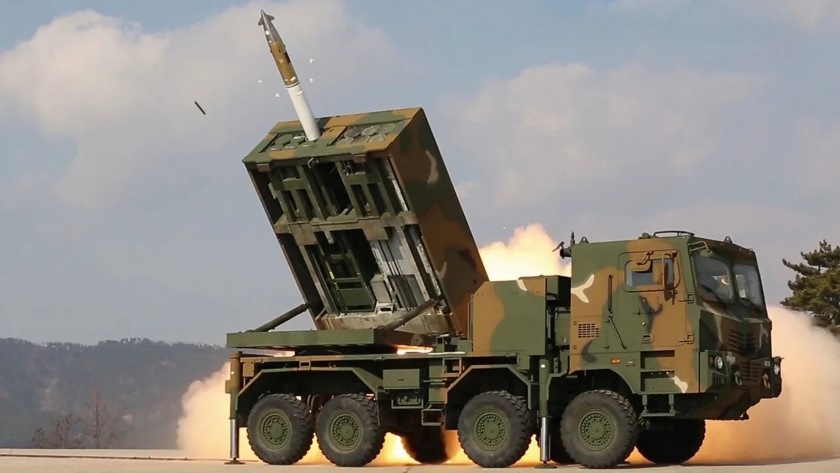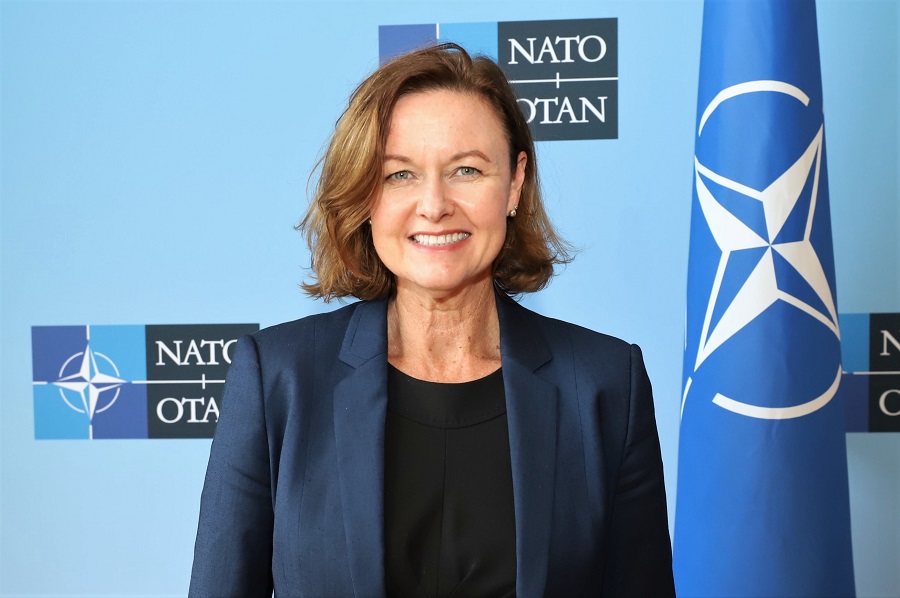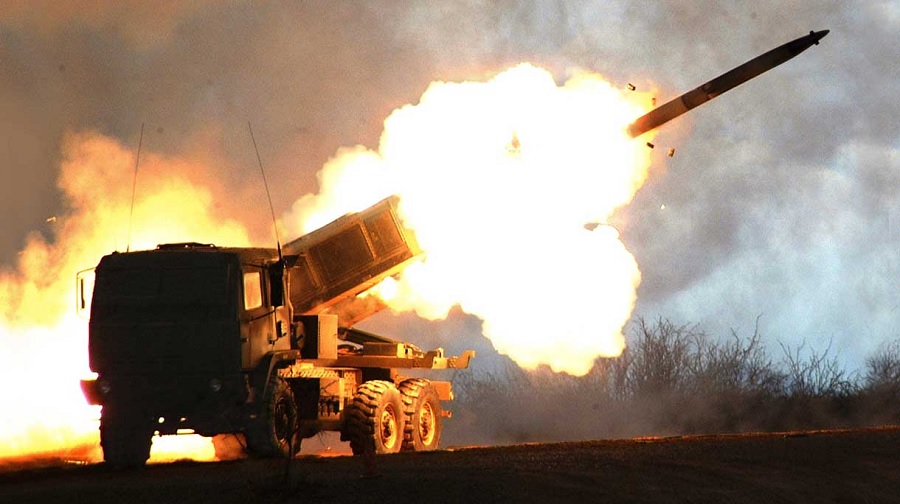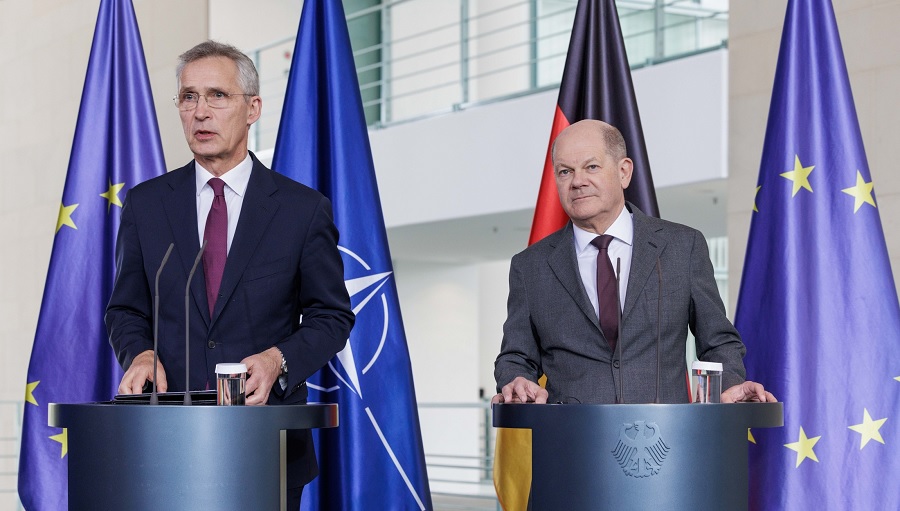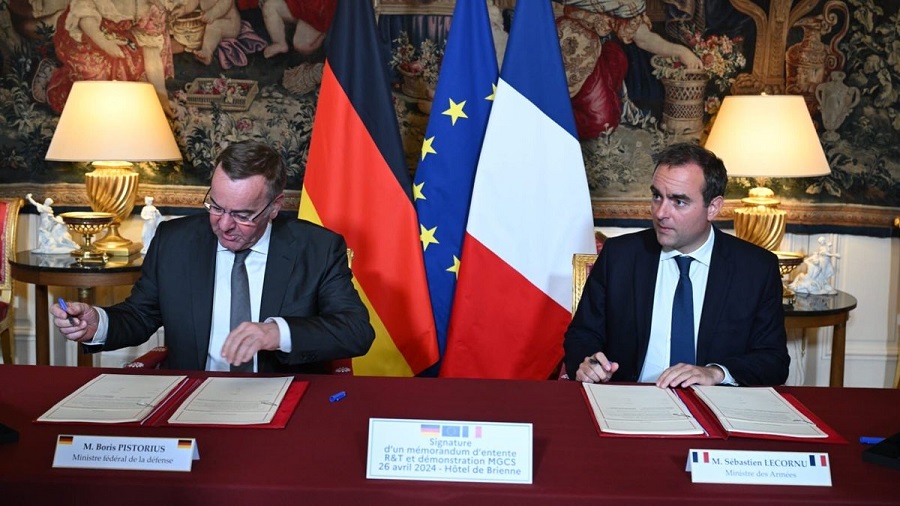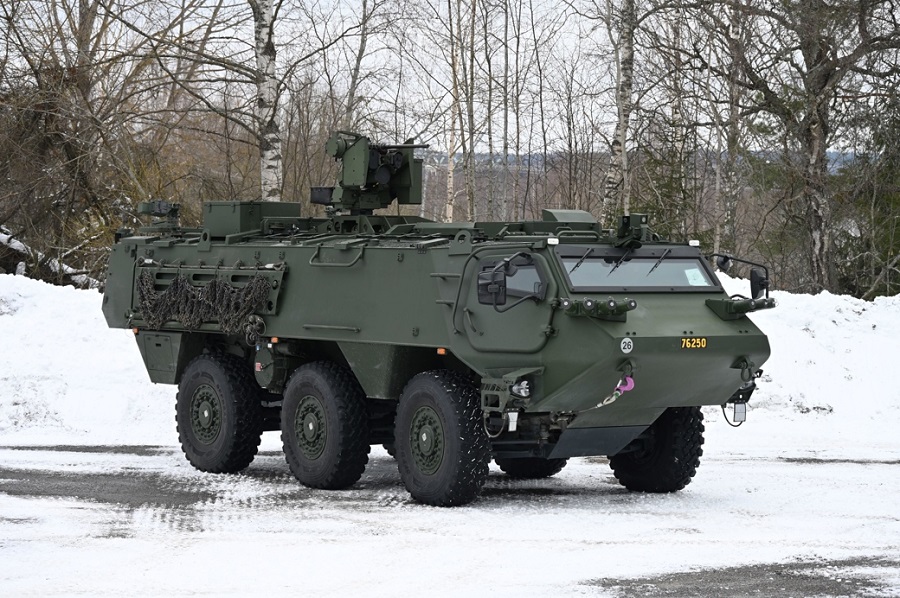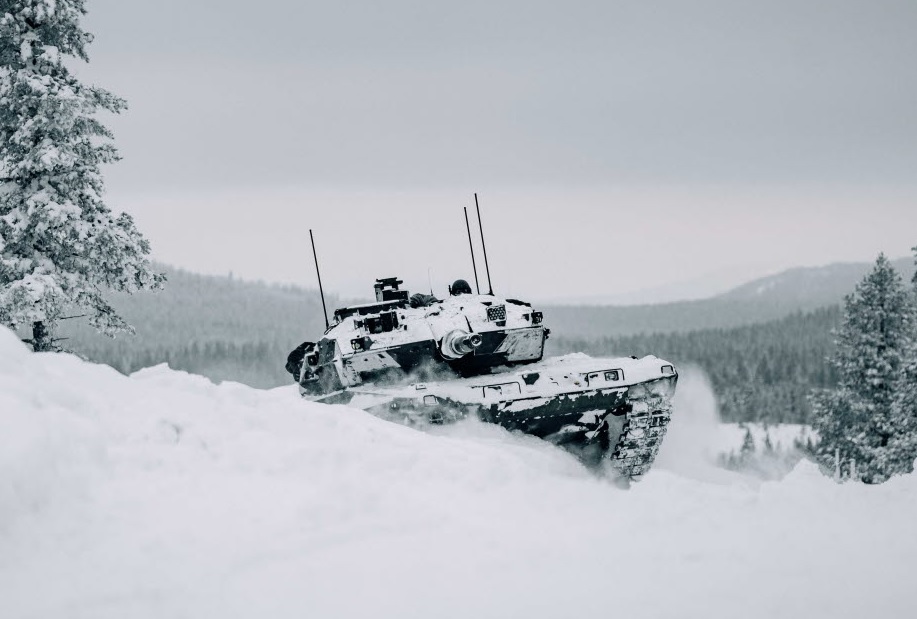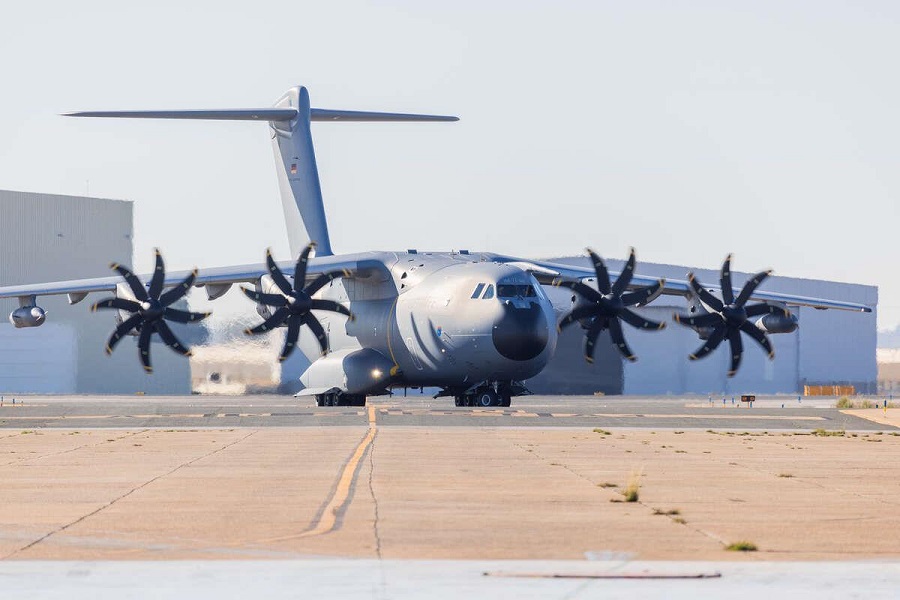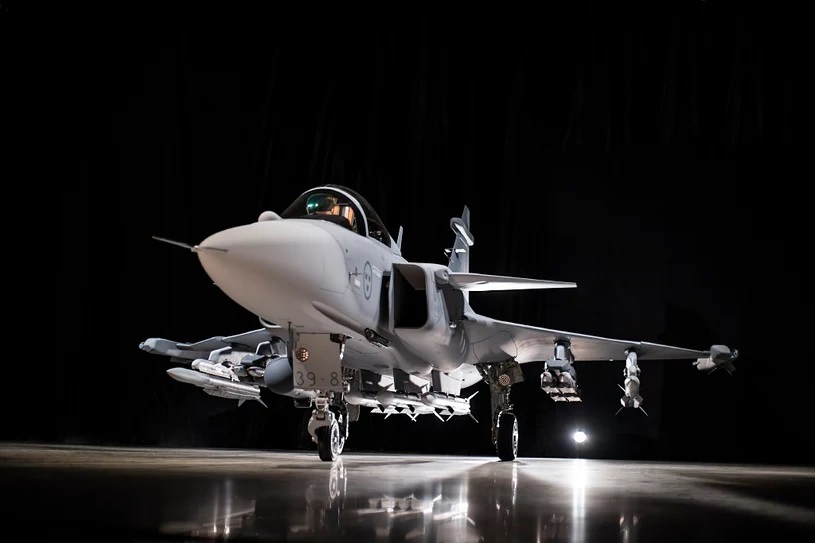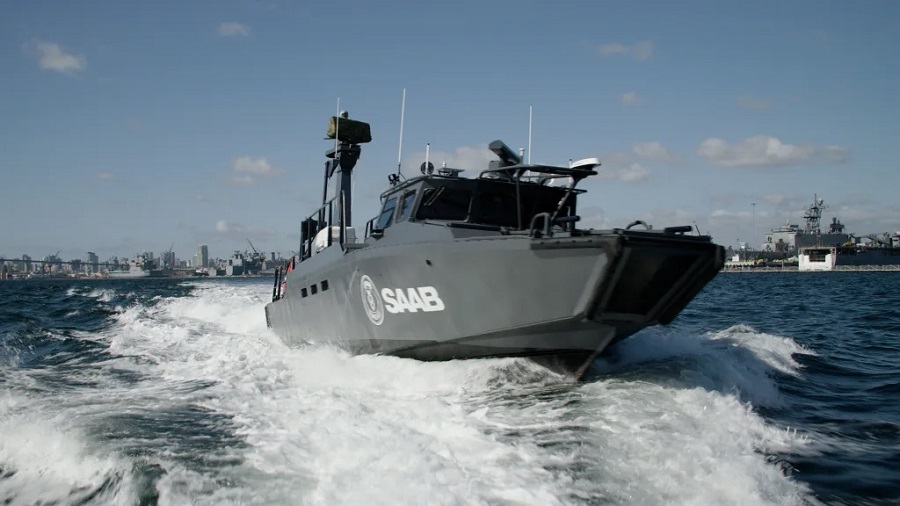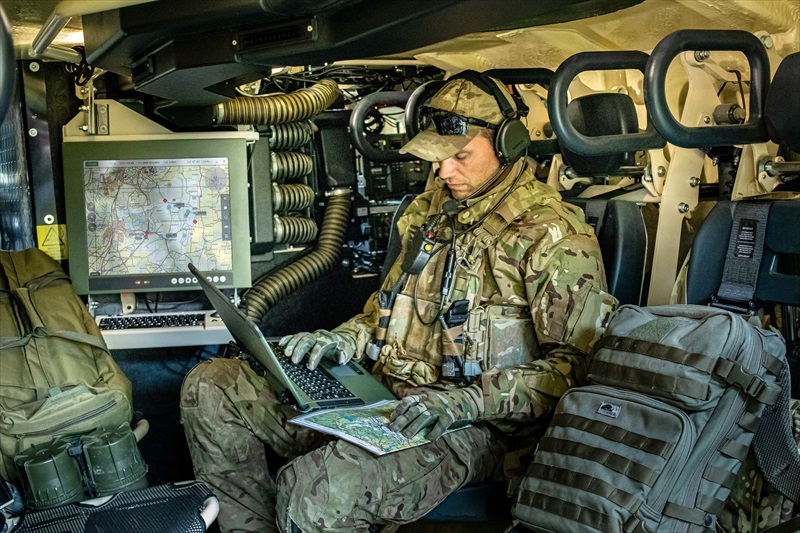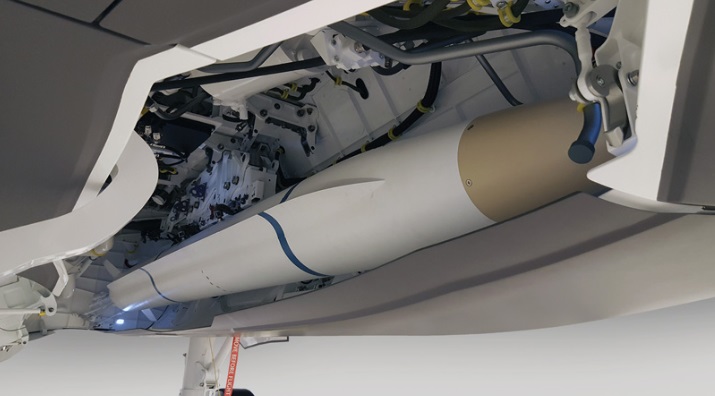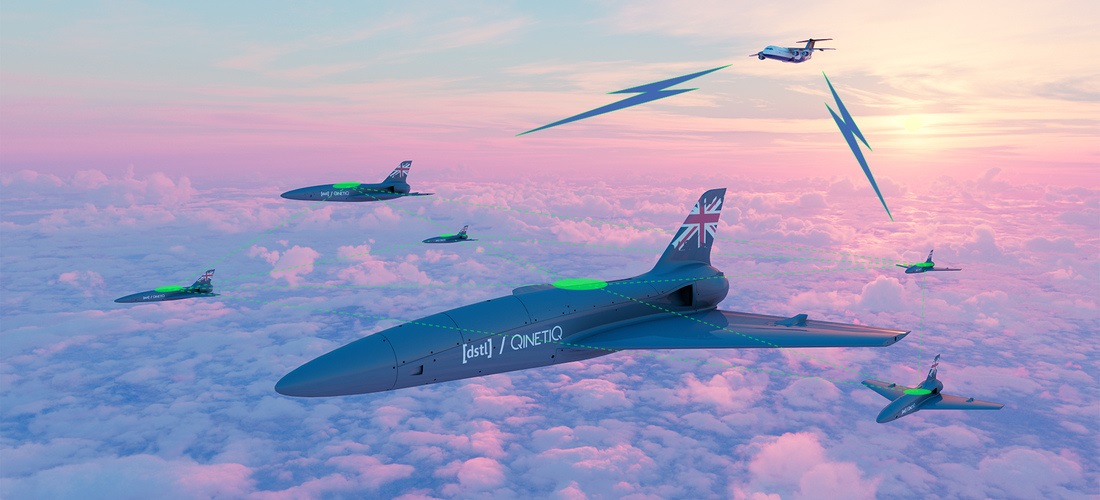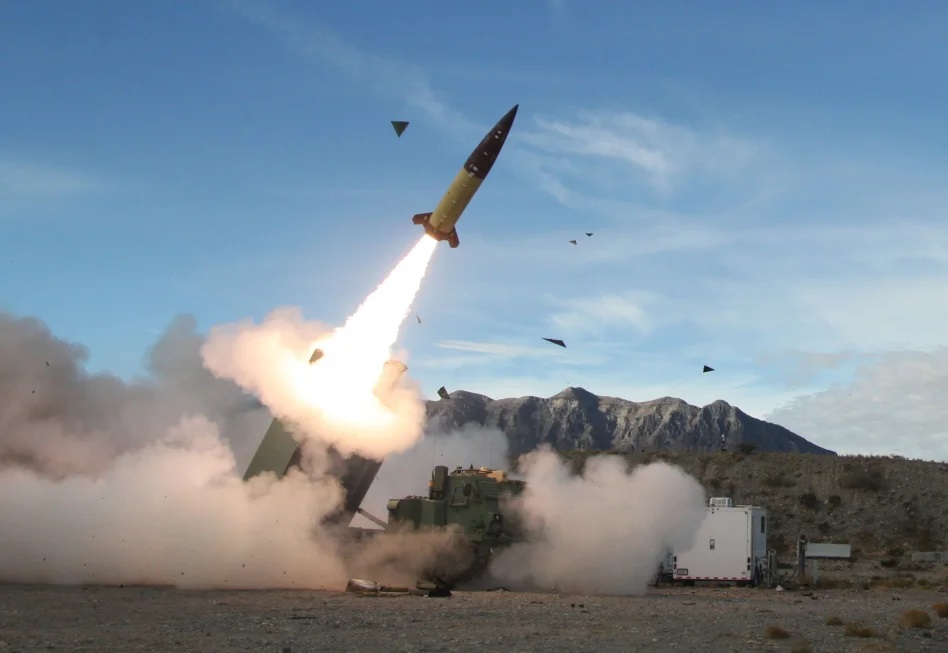‘Even as arms transfers have declined globally, those to Europe have risen sharply due to the tensions between Russia and most other European states,’ said Pieter D. Wezeman, Senior Researcher with the SIPRI Arms Transfers Programme. ‘Following Russia’s invasion of Ukraine, European states want to import more arms, faster. Strategic competition also continues elsewhere: arms imports to East Asia have increased and those to the Middle East remain at a high level.’
US and French arms exports increase as Russian exports decline
Global arms exports have long been dominated by the USA and Russia (consistently the largest and second largest arms exporters for the past three decades). However, the gap between the two has been widening significantly, while that between Russia and the third largest supplier, France, has narrowed. US arms exports increased by 14 per cent between 2013–17 and 2018–22, and the USA accounted for 40 per cent of global arms exports in 2018–22. Russia’s arms exports fell by 31 per cent between 2013–17 and 2018–22, and its share of global arms exports decreased from 22 per cent to 16 per cent, while France’s share increased from 7.1 per cent to 11 per cent.
Russian arms exports decreased to 8 of its 10 biggest recipients between 2013–17 and 2018–22. Exports to India, the largest recipient of Russian arms, fell by 37 per cent, while exports to the other 7 decreased by an average of 59 per cent. However, Russian arms exports increased to China (+39 per cent) and Egypt (+44 per cent), and they became Russia’s second and third largest recipients.
‘It is likely that the invasion of Ukraine will further limit Russia’s arms exports. This is because Russia will prioritize supplying its armed forces and demand from other states will remain low due to trade sanctions on Russia and increasing pressure from the USA and its allies not to buy Russian arms,’ said Siemon T. Wezeman, Senior Researcher with the SIPRI Arms Transfers Programme.
France’s arms exports increased by 44 per cent between 2013–17 and 2018–22. Most of these exports were to states in Asia and Oceania and the Middle East. India received 30 per cent of France’s arms exports in 2018–22, and France displaced the USA as the second largest supplier of arms to India after Russia.
‘France is gaining a bigger share of the global arms market as Russian arms exports decline, as seen in India, for example,’ said Pieter D. Wezeman, Senior Researcher with the SIPRI Arms Transfers Programme. ‘This seems likely to continue, as by the end of 2022, France had far more outstanding orders for arms exports than Russia.’
Ukraine becomes world’s third largest arms importer in 2022
From 1991 until the end of 2021, Ukraine imported few major arms. As a result of military aid from the USA and many European states following the Russian invasion of Ukraine in February 2022, Ukraine became the 3rd biggest importer of major arms during 2022 (after Qatar and India) and the 14th biggest for 2018–22. Ukraine accounted for 2.0 per cent of global arms imports in the five-year period.
‘Due to concerns about how the supply of combat aircraft and long-range missiles could further escalate the war in Ukraine, NATO states declined Ukraine’s requests for them in 2022. At the same time, they supplied such arms to other states involved in conflict, particularly in the Middle East and South Asia,’ said Pieter D. Wezeman, Senior Researcher with the SIPRI Arms Transfers Programme.
Asia and Oceania still the top importing region
Asia and Oceania received 41 per cent of major arms transfers in 2018–22, a slightly smaller share than in 2013–17. Despite the overall decline in transfers to the region, there were marked increases in some states, and marked decreases in others. Six states in the region were among the 10 largest importers globally in 2018–22: India, Australia, China, South Korea, Pakistan and Japan.
Arms imports by East Asian states increased by 21 per cent between 2013–17 and 2018–22. Arms imports by China rose by 4.1 per cent, with most coming from Russia. However, the biggest increases in East Asia were by US treaty allies South Korea (+61 per cent) and Japan (+171 per cent). Australia, the largest arms importer in Oceania, increased its imports by 23 per cent.
‘Growing perceptions of threats from China and North Korea have driven rising demand for arms imports by Japan, South Korea and Australia, notably including for long-range strike weapons,’ said Siemon T. Wezeman, Senior Researcher with the SIPRI Arms Transfers Programme. ‘The main supplier for all three is the USA.’
India remains the world’s top arms importer, but its arms imports declined by 11 per cent between 2013–17 and 2018–22. This decline was linked to a complex procurement process, efforts to diversify arms suppliers and attempts to replace imports with local designs. Imports by Pakistan, the world’s eighth largest arms importer in 2018–22, increased by 14 per cent, with China as its main supplier.
Middle East receives high-end US and European arms
Three of the top 10 importers in 2018–22 were in the Middle East: Saudi Arabia, Qatar and Egypt. Saudi Arabia was the world’s second largest arms importer in 2018–22 and received 9.6 per cent of all arms imports in the period. Qatar’s arms imports increased by 311 per cent between 2013–17 and 2018–22, making it the world’s third biggest arms importer in 2018–22.
The great majority of arms imports to the Middle East came from the USA (54 per cent), followed by France (12 per cent), Russia (8.6 per cent) and Italy (8.4 per cent). They included more than 260 advanced combat aircraft, 516 new tanks and 13 frigates. Arab states in the Gulf region alone have placed orders for another more than 180 combat aircraft, while 24 have been ordered from Russia by Iran (which received virtually no major arms during 2018–22).


